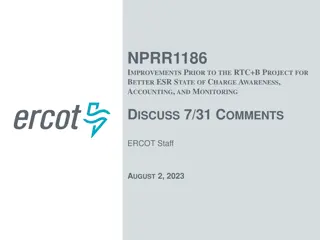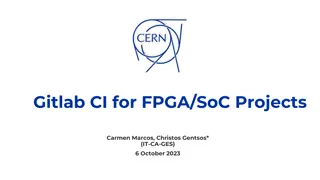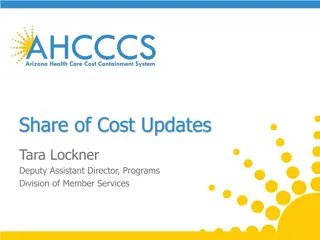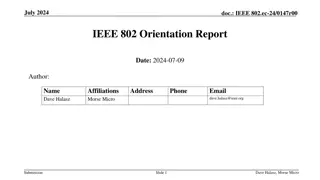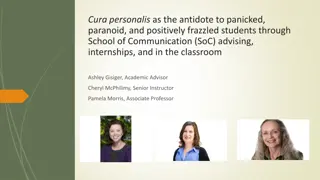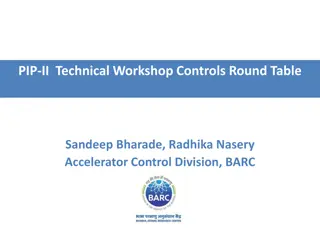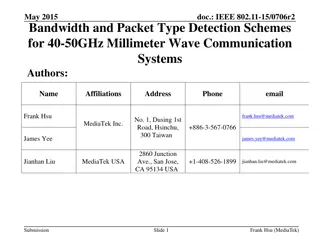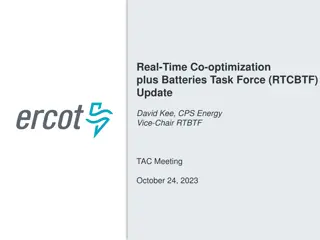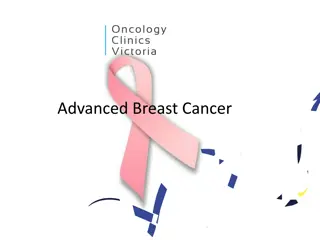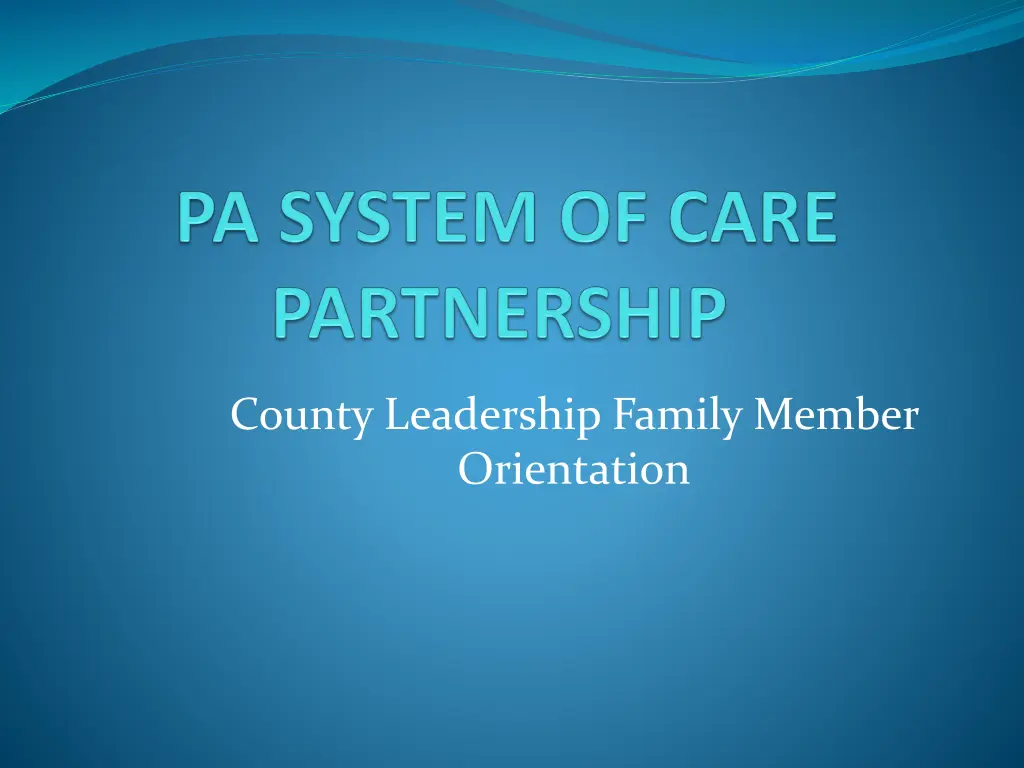
Effective System of Care for Youth and Families
Explore the paradigm shift towards a System of Care that provides effective services and support for children, youth, and families facing mental health challenges. Learn about the principles, partnerships, and cultural considerations essential for better functioning at home, school, and in the community. Discover the ongoing efforts to improve services and address complex problems faced by some youth and their families.
Download Presentation

Please find below an Image/Link to download the presentation.
The content on the website is provided AS IS for your information and personal use only. It may not be sold, licensed, or shared on other websites without obtaining consent from the author. If you encounter any issues during the download, it is possible that the publisher has removed the file from their server.
You are allowed to download the files provided on this website for personal or commercial use, subject to the condition that they are used lawfully. All files are the property of their respective owners.
The content on the website is provided AS IS for your information and personal use only. It may not be sold, licensed, or shared on other websites without obtaining consent from the author.
E N D
Presentation Transcript
County Leadership Family Member Orientation
DEFINING SYSTEM OF CARE A PARADIGM SHIFT System of Care is, first and foremost, a set of values and principles that provides an organizing framework for systems reform in partnership with family and youth. Adapted from Stroul, B. 2005. Georgetown University. Washington, D.C. 2
System of Care defined A System of Care is: A spectrum of effective, community-based services and supports for children and youth with or at risk for mental health or other challenges and their families that is organized into a coordinated network, builds meaningful partnerships with families and youth, and addresses their cultural and linguistic needs, in order to help them to function better at home, at school and in the community. Stroul, B., Blau, G. & Friedman, R. (2010). Updating the system of care concept and philosophy, Washington, D.C.: Georgetown University Center for Child and Human Development.
We have effective systems for serving youth The current systems have a long tradition of serving youth, and are constantly trying to improve They serve many youth and recipients of service generally rate them as being effective http://t0.gstatic.com/images?q=tbn:ANd9GcTj2PniQe22yNUKYjqaTkafNWUwQYULifiQqbzrVxkbiBaAXxu3RgFUMb8
But for some youth and their families Each of the child serving systems struggle with youth who have complex problems and their families The systems really experience problems when they have to work together http://t2.gstatic.com/images?q=tbn:ANd9GcTL8_tYFQUorl7kMOo_TJJNKjoseDehq-FM6AtPhKco5HAvWiNSkfZ4hg
Tremendous Challenges for Multi-system Youth Detention/ RTF APS AAA Probation Partial Detox Mentor Court Services Truancy Psych Residential Special Ed Supports Counseling Referral Intake Referral Referral Therapist. Psychiatrist Eligibility Intake Ed. Sys JJ Sys Case Mgmt. t h D&A Sys Residential Case Mgmt. Referral TSS/BSC MH Sys MR Sys Intake Case Work Intake TSS/BSC CW Sys Partial Services MCO Sys Intake Inpatient Health Sys Mobile T Supports Foster Care Referral Referral Case Mgmt.. Intake Special Ed ER Hospital. Primary Care Care Mgmt. Intake
PA Youth in Need 2009-2010 3,500 in Residential Treatment Facilities 47,000 served by the Juvenile Justice system 40,000 in the Child Welfare system 28,000 in Foster Care 30,000 in Alternative Education 180,000 receiving Behavioral Health Services
Population of Focus In 2009 2010, there were over 17,000 children in substitute care through the child welfare or juvenile justice systems, who received behavioral health services. Their behavioral health costs were more than double that of youth involved only in behavioral health services.
Some Challenges Understanding, accessing and obtaining services is difficult and confusing Current services are based on diagnoses and problems rather than building on strengths and needs also for an identified youth not the family Services are fragmented Limited youth & family participation in many areas All systems struggle to serve youth with complex behavioral health needs, multi-system involvement and their families
System of Care Values and Principals Family driven Youth driven Home and community based Strengths-based and individualized Culturally and linguistically competent Integrated across systems Connected to natural helping networks Data-driven, outcomes oriented 10
Family Driven Definition Family-driven means that families have a primary decision making role in the care of their own children as well as in the policies and procedures governing the care for all children in their counties, in their communities, and in the state. Systems will work in partnership with families so that the System of Care value of family driven can be realized even within the context of delinquency and/or dependency proceedings.
Family Driven This Includes Choosing Culturally and Linguistically Competent, Supports, Services, and Provider Setting Goals; Designing, Implementing and Evaluating Programs; Monitoring Outcomes Partnering in Funding Decisions Determining the Effectiveness of All Efforts to Promote the Mental & behavioral Health of Youth and Families
PA System of Care Grant Requirements Shared governance: County Leadership Teams must have 50% family and youth with lived experience. Implementation /demonstration of the 8 PA SOC Standards Focus population -- youth between 8 and 18 with serious behavioral health issues, involved in other child-systems (eg child welfare, juvenile justice) and in or at risk of out of home placement. High Fidelity Wraparound- engagement model
The 8 PA System of Care Standards Leadership/Governance-At least 50% youth and family members Family Driven Youth Driven System Integration High Fidelity Wraparound for youth with complex mental health issues, multi-system involvement, and their families Natural and community supports Cultural and Linguistic Competence Evaluation and CQI
Pa Families Inc. Is the Pa Statewide family network that Shares common concerns about children and youth and their special needs Including learning, developmental, mental health, addictions, behavior issues as well as other health concerns Brings groups together And uses the power of all families to bring about change in the community, county and state 800-947-4941 www.pafamilies.com
High Fidelity Wraparound A vital component of the System of Care Initiative Research-based Especially effective with youth who have complex needs Uses team of a facilitator, family support partner and youth support partner Supports youth and family for 12-18 months to become empowered to manage their own care and supports. 16
High Fidelity Wraparound The plan is developed and implemented by a youth and family centered team, consisting of the youth, the family and the three to seven people who care and know the child and family best. The process is individualized based on the strengths and culture of the child and their family and is needs, rather than services, driven. Competent, effective professional services are involved, but natural supports are 50% -or more - of the plan. 17
How does a System of Care County Function? Establishment of a governance or leadership team composed of equal youth, family and system partners Utilizing a single plan of care, systems communicate and coordinate service needs determined by youth and family led teams Systems work to integrate their efforts using evidence based practices to reduce costs and eliminate ineffective and redundant services Challenges and barriers identified at the individual family level lead to policy and practice changes focused on improving long term outcomes The leadership team and community enact processes, philosophies and programs that reflect the SOC principles in particular for the target population
The Commitment of a System of Care Partnership County Develop and sustain a decision-making team of family, youth and system leaders that work as equal and trusted partners to integrate county services and supports for optimal outcomes. Facilitate participation in the High Fidelity Wraparound process for at least 25 youth and their families annually from the population of focus. Transform their systems using this structured youth driven and family driven approach 19 19
The County Leadership Team Minimum membership: heads of child serving systems and equal # of youth and family members. Role: to plan, implement and carry out the plan for system of care Utilize data to establish needs and priorities Infuse systems and community with 8 PA SOC standards Barrier busting of issues at direct service level
Questions, Comments, Concerns Crystal Karenchak Family Involvement Specialist Pa System of Care Partnership Phone: 717-772-7628 Cell/Text: 412-260-8114 karenchakcm@upmc.edu Dianna Brocious Family Involvement Specialist Pa System of Care Partnership Cell/Text: 724-525-0329 pasocdianna@gmail.com www.pasocpartnership.org


